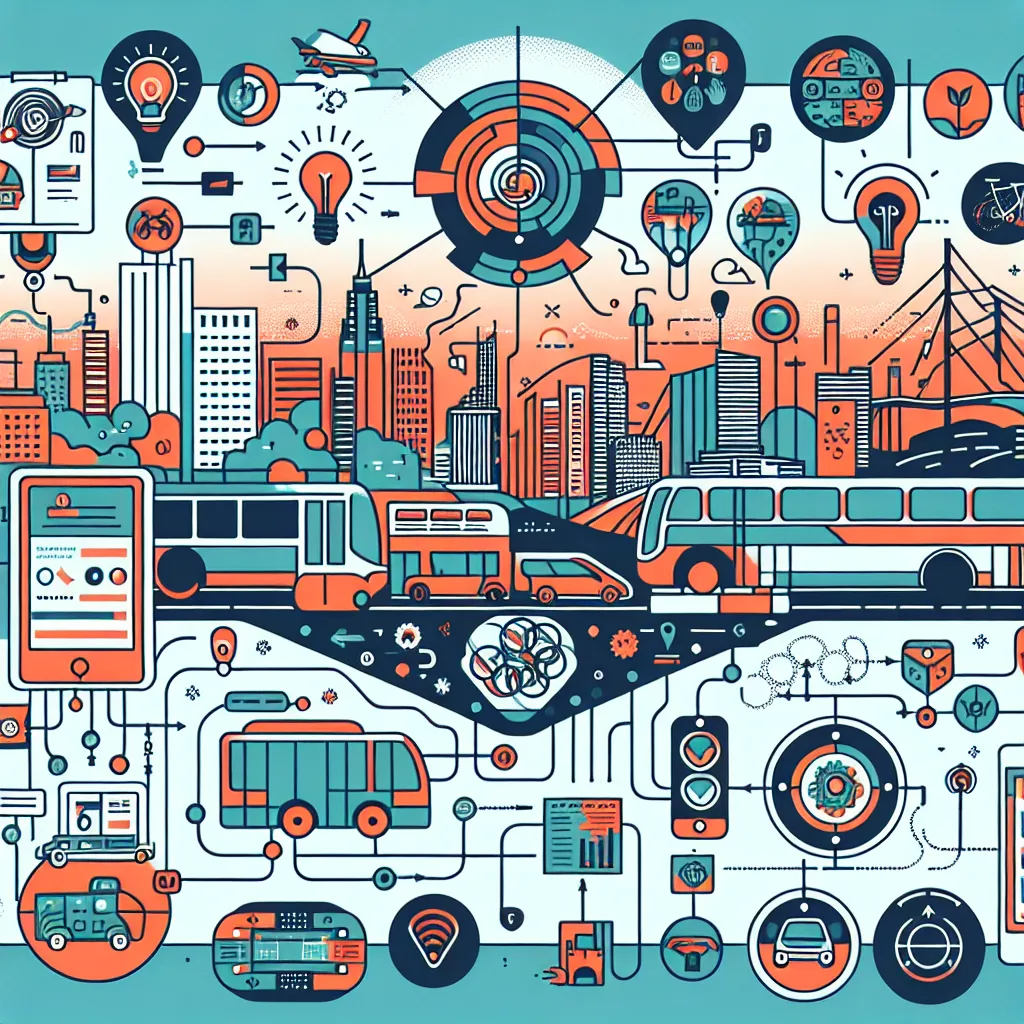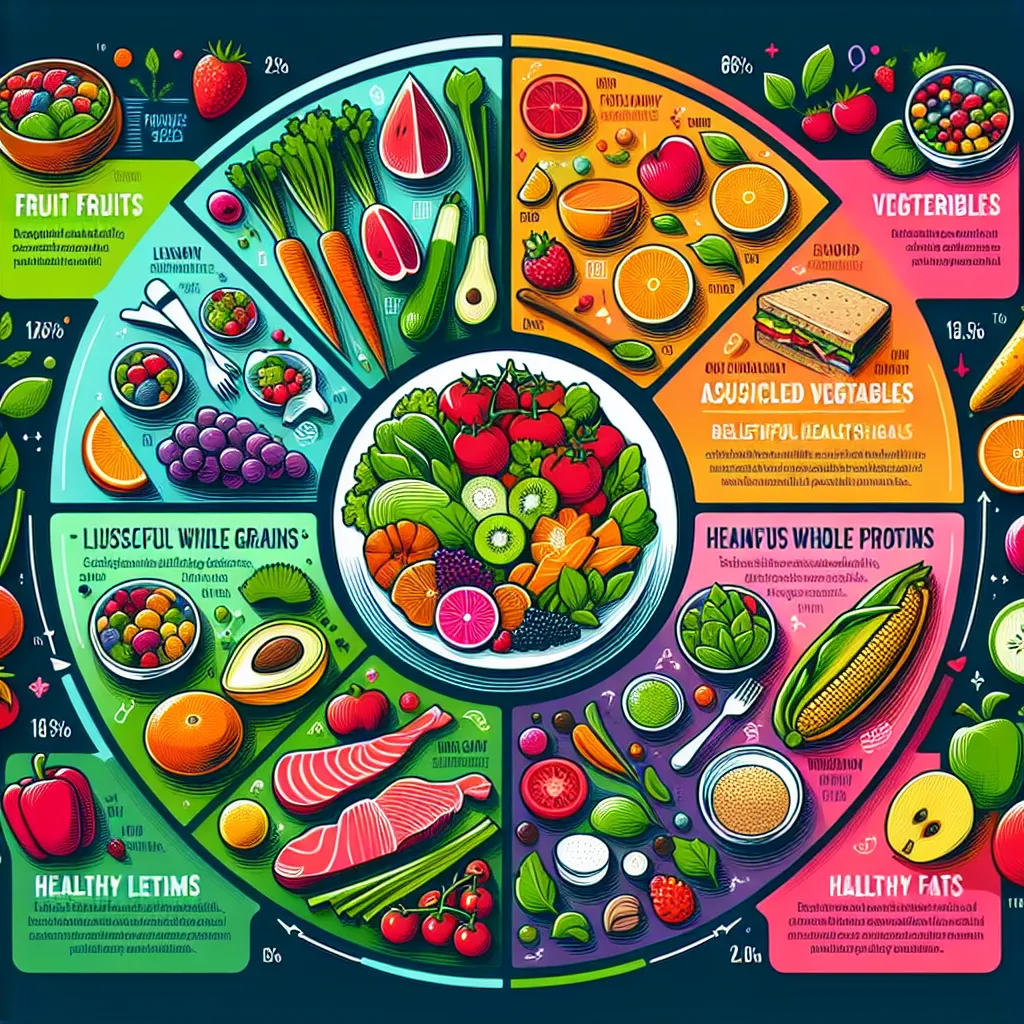The IELTS Reading section is a crucial component of the test, assessing your ability to comprehend complex texts and extract relevant information. Today, we’ll focus on a topic that has been gaining prominence in recent years: “Strategies for Improving Public Transportation in Urban Areas.” This subject has appeared in various forms in past IELTS exams and continues to be relevant due to its global significance.
Nội dung bài viết
- Practice Reading Passage
- Public Transportation: The Key to Sustainable Urban Mobility
- Reading Comprehension Questions
- True/False/Not Given
- Multiple Choice
- Matching Information
- Short Answer Questions
- Answer Key and Explanations
- Common Mistakes to Avoid
- Vocabulary Focus
- Grammar Spotlight
- Tips for IELTS Reading Success
Based on trends and current urban development issues, there’s a high probability that similar topics will feature in future IELTS Reading tests. Let’s dive into a practice passage and questions to help you prepare for this type of content.
Practice Reading Passage
Public Transportation: The Key to Sustainable Urban Mobility
Urban areas worldwide are grappling with increasing population density, traffic congestion, and environmental concerns. As cities expand, the need for efficient and sustainable public transportation becomes paramount. This article explores various strategies that cities can implement to enhance their public transportation systems, thereby improving urban mobility and quality of life.
One of the most effective strategies for improving public transportation is the integration of different modes of transport. This approach, known as multimodal integration, involves creating seamless connections between buses, trains, trams, and other forms of public transit. For instance, cities like Hong Kong and Singapore have successfully implemented integrated ticketing systems, allowing passengers to use a single card or ticket across various modes of transport. This not only enhances convenience for users but also encourages higher ridership.
Another crucial strategy is the adoption of smart technology in public transportation systems. Cities are increasingly turning to Intelligent Transportation Systems (ITS) to optimize route planning, reduce waiting times, and provide real-time information to passengers. For example, London’s extensive use of GPS tracking and digital displays at bus stops has significantly improved the reliability and user experience of its bus network. Similarly, mobile apps that offer real-time updates and journey planning have become indispensable tools for commuters in many cities.
Investing in dedicated bus lanes and Bus Rapid Transit (BRT) systems has proven to be a cost-effective way to improve public transportation in urban areas. Cities like Bogotá, Colombia, have demonstrated the success of this approach with their TransMilenio system, which features dedicated lanes, elevated stations, and pre-boarding fare collection. This system has dramatically reduced travel times and increased ridership, serving as a model for other cities worldwide.
 Urban public transportation strategies
Urban public transportation strategies
Electrification of public transport fleets is another strategy gaining traction globally. Cities are increasingly replacing diesel buses with electric or hybrid vehicles to reduce emissions and improve air quality. Shenzhen, China, for instance, has successfully converted its entire bus fleet to electric vehicles, significantly reducing the city’s carbon footprint and setting a precedent for other urban areas.
Lastly, improving accessibility and inclusivity in public transportation is crucial for its success. This involves designing systems that cater to all members of society, including the elderly, people with disabilities, and those from disadvantaged backgrounds. Features such as low-floor buses, wheelchair ramps, and audio announcements for the visually impaired are becoming standard in many cities’ public transport systems.
In conclusion, improving public transportation in urban areas requires a multifaceted approach. By integrating different modes of transport, leveraging smart technology, investing in dedicated infrastructure, electrifying fleets, and ensuring accessibility, cities can create efficient, sustainable, and inclusive public transportation systems. These strategies not only enhance urban mobility but also contribute to reducing carbon emissions and improving overall quality of life in cities.
Reading Comprehension Questions
True/False/Not Given
- Multimodal integration involves creating connections between different modes of public transport.
- Hong Kong and Singapore have implemented integrated ticketing systems for their public transport.
- London’s bus network reliability has improved due to the use of GPS tracking and digital displays.
- Bogotá’s TransMilenio system has reduced travel times but not increased ridership.
- All major cities have converted their entire bus fleets to electric vehicles.
Multiple Choice
-
Which of the following is NOT mentioned as a strategy for improving public transportation?
A) Integration of different transport modes
B) Adoption of smart technology
C) Implementation of congestion charging
D) Electrification of public transport fleets -
The TransMilenio system in Bogotá is an example of:
A) An integrated ticketing system
B) A Bus Rapid Transit (BRT) system
C) An Intelligent Transportation System (ITS)
D) An electric vehicle fleet
Matching Information
Match the following features to the correct strategy. You may use each letter more than once.
A) Multimodal integration
B) Smart technology adoption
C) Dedicated bus lanes and BRT systems
D) Electrification of fleets
E) Improving accessibility and inclusivity
- GPS tracking and digital displays at bus stops
- Pre-boarding fare collection
- Low-floor buses and wheelchair ramps
- Using a single card for different types of transport
- Reducing a city’s carbon footprint
Short Answer Questions
Answer the following questions using NO MORE THAN THREE WORDS from the passage.
- What type of system allows passengers to use a single card across various modes of transport?
- Which city has converted its entire bus fleet to electric vehicles?
- What features are becoming standard to cater to visually impaired passengers on public transport?
Answer Key and Explanations
-
True – The passage states, “This approach, known as multimodal integration, involves creating seamless connections between buses, trains, trams, and other forms of public transit.”
-
True – The text mentions, “For instance, cities like Hong Kong and Singapore have successfully implemented integrated ticketing systems.”
-
True – The passage notes, “London’s extensive use of GPS tracking and digital displays at bus stops has significantly improved the reliability and user experience of its bus network.”
-
False – The text states that the TransMilenio system “has dramatically reduced travel times and increased ridership.”
-
Not Given – While the passage mentions Shenzhen’s conversion to electric buses, it doesn’t state that all major cities have done this.
-
C – Congestion charging is not mentioned in the passage as a strategy for improving public transportation.
-
B – The passage describes TransMilenio as a Bus Rapid Transit (BRT) system.
-
B – GPS tracking and digital displays are mentioned as examples of smart technology adoption.
-
C – Pre-boarding fare collection is mentioned as a feature of BRT systems like TransMilenio.
-
E – Low-floor buses and wheelchair ramps are mentioned as features for improving accessibility and inclusivity.
-
A – Using a single card for different types of transport is described as part of multimodal integration.
-
D – The passage states that electrification of fleets helps reduce a city’s carbon footprint.
-
Integrated ticketing system
-
Shenzhen
-
Audio announcements
Common Mistakes to Avoid
- Overlooking key phrases: Pay attention to qualifiers like “all,” “some,” or “many” as they can change the meaning of a statement.
- Making assumptions: Stick to the information provided in the text and avoid drawing conclusions based on your own knowledge.
- Misinterpreting True/False/Not Given questions: Remember, “Not Given” means the information is neither confirmed nor contradicted by the passage.
- Copying too many words: For short answer questions, be precise and use only the required number of words from the text.
Vocabulary Focus
- Grappling (verb): /ˈɡræp.əl.ɪŋ/ – To struggle or contend with
- Paramount (adjective): /ˈpær.ə.maʊnt/ – Of utmost importance
- Seamless (adjective): /ˈsiːm.ləs/ – Smooth and continuous, with no apparent gaps or spaces
- Indispensable (adjective): /ˌɪn.dɪˈspen.sə.bəl/ – Absolutely necessary
- Traction (noun): /ˈtræk.ʃən/ – The extent to which an idea, product, etc. gains popularity or acceptance
Grammar Spotlight
Pay attention to the use of present perfect tense in the passage, such as “Cities are increasingly replacing diesel buses with electric or hybrid vehicles.” This tense is used to describe actions that started in the past and continue to the present or have present relevance.
Tips for IELTS Reading Success
- Practice active reading: Engage with the text by underlining key information and making mental notes.
- Improve your time management: Allocate your time wisely between reading the passage and answering questions.
- Expand your vocabulary: Regularly learn new words related to urban development, technology, and environmental issues.
- Develop skimming and scanning skills: Practice quickly identifying main ideas and specific details in texts.
- Familiarize yourself with different question types: Regular practice with various IELTS question formats will improve your efficiency.
Remember, success in IELTS Reading comes with consistent practice and strategy application. Focus on understanding the overall message of the passage while being attentive to specific details. By mastering these skills, you’ll be well-prepared to tackle any topic that appears in your IELTS Reading test, including complex subjects like urban public transportation strategies.
To further enhance your IELTS preparation, you might find it helpful to explore related topics such as challenges of reducing carbon emissions in urban areas or how climate change affects urban planning. These topics often intersect with public transportation issues and can broaden your understanding of urban development themes frequently featured in IELTS tests.


